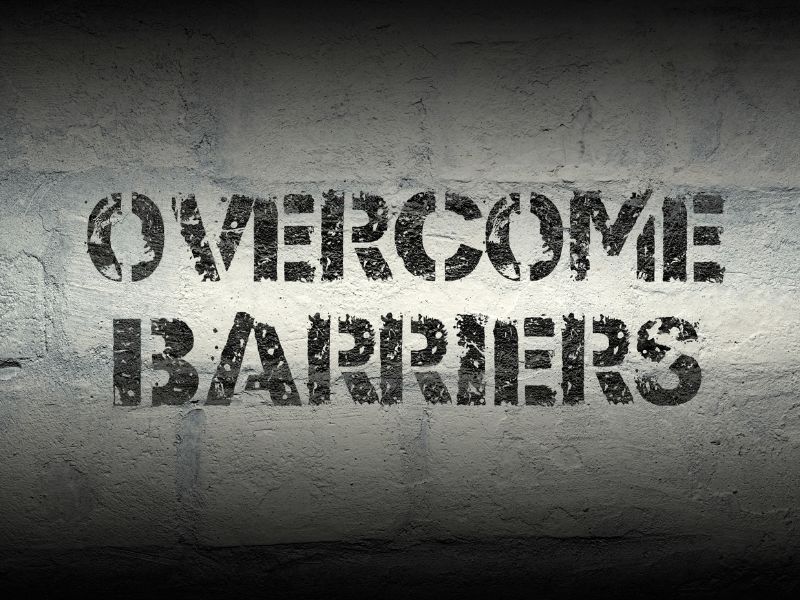How to Break down Communication Obstacles for Students

How to Break down Communication Obstacles for Students
Breaking Down Communication Barriers:Strategies for Student Success
Introduction
Effective communication is the cornerstone of academic success and personal growth. Yet, for many students, communication obstacles can hinder their ability to express themselves, collaborate with peers, and engage with learning materials. Whether it's due to language barriers, shyness, or learning differences, these challenges can significantly impact a student's educational journey. In this blog post, we'll explore practical strategies and approaches to break down communication barriers for students, fostering a supportive and inclusive learning environment.
Understanding Communication Obstacles
Before addressing communication obstacles, it's crucial to understand the diverse range of challenges students may face. These obstacles can manifest in various forms, including:
- Language barriers: Students who are non-native speakers or come from bilingual backgrounds may struggle to express themselves effectively in the classroom.
- Shyness and social anxiety: Some students may feel intimidated or anxious about speaking up in class or engaging in group discussions.
- Learning differences: Students with learning disabilities or neurodiverse traits may find it challenging to process and convey information verbally.
- Cultural differences: Cultural norms and communication styles can vary significantly among students, leading to misunderstandings or misinterpretations.
By recognizing and acknowledging these barriers, educators can tailor their approach to better support students' communication needs.
Creating a Safe and Inclusive Environment
Building a safe and inclusive classroom environment is essential for fostering effective communication. Students should feel valued, respected, and empowered to express themselves authentically. Establishing clear expectations for respectful communication and actively addressing any instances of bullying or discrimination can help create a supportive atmosphere where all students feel comfortable participating.
Encouraging Peer Collaboration
Peer collaboration provides valuable opportunities for students to practice and improve their communication skills in a supportive setting. Pairing students with diverse backgrounds and abilities encourages empathy, understanding, and mutual respect. Group projects, collaborative discussions, and peer mentoring initiatives allow students to learn from each other's perspectives and experiences, breaking down communication barriers in the process.
Utilizing Multimodal Learning Tools
Not all students learn or communicate in the same way. Utilizing multimodal learning tools, such as visual aids, interactive presentations, and digital platforms, can cater to diverse learning styles and preferences. Providing alternative modes of expression, such as writing, drawing, or using multimedia, allows students to communicate their ideas more effectively, regardless of language or verbal proficiency.
Incorporating Technology
Technology can be a powerful tool for overcoming communication barriers in the classroom. Online communication platforms, discussion forums, and educational apps provide alternative channels for students to engage with course materials and interact with their peers. Additionally, assistive technologies, such as speech-to-text software or communication devices, support students with diverse communication needs, empowering them to participate fully in classroom activities.
Implementing Structured Communication Exercises
Structured communication exercises help students develop essential communication skills in a controlled and supportive environment. Role-playing scenarios, debate sessions, and public speaking opportunities allow students to practice articulating their thoughts, expressing opinions, and engaging in constructive dialogue. By providing feedback and guidance, educators can help students build confidence and overcome communication apprehension.
Offering Language Support Services
For students facing language barriers, offering language support services can significantly enhance their communication abilities. This may include ESL (English as a Second Language) programs, language immersion courses, or language tutoring sessions tailored to students' individual needs. Providing bilingual resources, translated materials, and language interpretation services ensures that all students have access to the support they need to succeed academically.
Promoting Social-Emotional Learning
Social-emotional learning (SEL) programs play a crucial role in developing students' communication skills and interpersonal relationships. By teaching empathy, active listening, and conflict resolution strategies, SEL initiatives help students build strong communication foundations and navigate social interactions effectively. Integrating SEL into the curriculum fosters a positive classroom culture where communication barriers are minimized, and students feel empowered to connect with their peers authentically.
Fostering Parent and Community Engagement
Effective communication extends beyond the classroom walls to include parents, families, and the broader community. Establishing open lines of communication with parents through regular updates, parent-teacher conferences, and family engagement events ensures that students receive consistent support both at home and at school. Additionally, involving community organizations, cultural institutions, and local businesses in educational initiatives strengthens students' connections to their communities and broadens their communication networks.
Conclusion
Breaking down communication barriers is essential for creating an inclusive and supportive learning environment where all students can thrive. By understanding the diverse range of challenges students may face, fostering a safe and inclusive classroom culture, and implementing targeted strategies and interventions, educators can empower students to overcome communication obstacles and reach their full potential. Together, we can ensure that every student has the opportunity to develop strong communication skills and succeed in school and beyond.

